April 20-22, 2022 – online
+ info | https://hiw.kuleuven.be/hua/events/conferences-workshops/mimetic-turn/index.html
my talk | : https://www.youtube.com/watch?v=0dXJ_Lj9Umg
April 20-22, 2022 – online
+ info | https://hiw.kuleuven.be/hua/events/conferences-workshops/mimetic-turn/index.html
my talk | : https://www.youtube.com/watch?v=0dXJ_Lj9Umg
Animated Lands is a book that encompasses different case studies, but they are all strongly integrated into a single research programme. We got to know each other over a decade ago, and soon started collaborating around our shared interest for understanding social-spatial phenomena. We have since been organising seminars, attending conferences, lecturing together, and paying research visits to each other to bring the project to completion. We have not started from a single theory, a paradigm, or anything of that sort, but mostly from passion, as well as from an expanding curiosity for the topics we were stumbling upon along the way. A number of themes started resonating, took speed, and at some point we felt the book was just ripe.
Over time, we increasingly realised that, in urban and architectural studies, territory – or if you want, more simply, land – was an underrated notion, yet one with a lot of potential. So we picked up an old word, ‘territoriology,’ and tried to use it in a new sense. Seeking to retrieve and revive a science that was born under positivistic auspices, and dealt with politically charged phenomena, we thought that we also needed to warn the reader against the possible regressive uses of these notions, and how easy it is to get trapped into a certain worldview. That’s why we have striven to promote a different take on the life of territories – what they are about, what they accomplish. To counter gloomy and regressive views, we sought to foreground aspects of vitality, spontaneity and unpredictability that are ever-present in territory-making.
We do not have a favourite book in the absolute sense, but there are some books to which it is always a pleasure to return to. One is, inevitably, Walter Benjamin’s Arcades Project. It’s a book that’s impossible to read from start to finish, simply because it is itself unfinished, and made only of fragments. Together with all the other urban essays by Benjamin (including masterpieces such as Berlin Childhood around 1900), returning to Arcades never fails to provide fresh inspiration, intuitions and emotions. It’s more than cultural theory and urban history – to our minds it is actually sustained, fully accomplished territoriology.
The list could be quite long! We are constantly looking for inspiration across the domains of literature, philosophy, the humanities, as well as social and life sciences. But for one, Bruce Chatwin’s short-prose collections What Am I Doing Here? and Anatomy of Restlessness are colourful, charming explorations into how territorial life generates its own inherent deterritorialistions. Chatwin’s forays into what he called ‘the nomadic alternative’ encompass, stories, encounters, documentations, self-analyses… ‘Why – he famously asked – do I become restless after a month in a single place, unbearable after two? (I am, I admit, a bad case.)’ Questions like this one are the sort of powerful, provocative questions we like to engage with.
…more territoriology! Animated Lands is, above all, an invitation. Rather than launches and presentations, we envisage to put the book directly to use in practical workshops, where participants could experiment their own way into inquiring territories. Most rewarding for us would be to learn that some other scholars and readers are similarly using our book this way, as a possible blueprint for carrying out further fresh research into the many facets of social-spatial life.
UPDATE: Now on GoogleBooks – Preview of Introduction is available : https://www.google.it/books/edition/The_New_Politics_of_Visibility/_b_3zgEACAAJ
We’re at proofs stage. Due out later this year.
Table of Contents
Introduction: Issues in the Visible
Andrea Mubi Brighenti
1. The Political Geometries of Visibility: Ranks of Seeing in the Digital Age
Tali Hatuka
2. Coded Visions: Datafied Visibilities and the Production of Political Futures
Mikkel Flyverbom and Frederik Schade
3. Urban Information Environmentalism
Malcolm McCullough
4. Mediated Visibility and Recognition: A Taxonomy
João C. Magalhães and Jun Yu
5. The Democratization of Visibility Capital: Face in the Age of Its Automated Technical Reproducibility
Nathalie Heinich
6. Rewilding the City: Urban Life and Resistance across and beyond Visibility
AbdouMaliq Simone and Morten Nielsen
7. Strategies and Tactics of Visibility: The Micro- Politics of Vulnerable Migrant Groups during the Pandemic in Brussels
Mattias De Backer
8. Reframing Marginality in Trans Politics: Towards an Ethics of Differentiation
Caterina Nirta
9. Open Science as an Engine of Anxiety: How Scientists Promote and Defend the Visibility of Their Digital Selves, While Becoming Fatalistic about Academic Careers
Martin Reinhart
Happy to join Nidesh Lawtoo’s Mimetic Turn upcoming conference. Especially looking forward to hearing from the distinguished keynotes. On my turn, I’ll be contributing some reflections about
Imitation, metamorphosis, becoming: A comparative social-theoretical sketch
Abstract. In my talk, I would like to address the relation between three notions that share significant similarities, but also exhibit crucial differences: these are Gabriel Tarde’s imitation, Elias Canetti’s transformation (Verwandlung), and Gilles Deleuze’s becoming (devenir). Tarde, whose work spanned the 1890s, is famously associated with the idea that social life is essentially imitative in nature, and although imitation does not truly exhaust his whole conception, it is amply elaborated and variously illustrated throughout his work. Both Canetti, writing in the 1950s, and Deleuze, through the 1960s and 1970s, seem to have subsequently deployed mimetic-like notions in their respective research; at the same time, both have been careful to remark how their conceptions remained distinct from the notion of imitative behaviour. My aim here is thus to compare and analyse these three notions, so as to untangle a little bit their complex, dense relations.
+info | https://hiw.kuleuven.be/hua/events/conferences-workshops/mimetic-turn
Happy to join this upcoming conference at Paris-Nanterre – January 13-14, 2022
+ info | https://ireph.parisnanterre.fr/
Happy to join the Symposium TEMPORARY – Citizenship, Architecture and City organised by Vando Borghi and Andrea Borsari, on Thu, Nov 11, 2021.
full programme here
+ info | https://da.unibo.it/it/eventi/temporary-citizenship-architecture-and-city-1
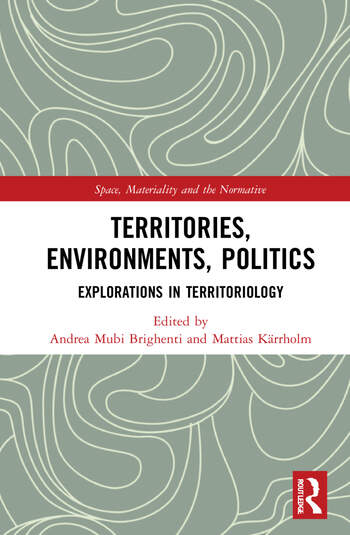
Our new Edited Collection now announced :
Co-organised with Carlo Brentari @unitn.
21/10/2021 h.15-18
Andreas Oberprantacher (U of Innsbruck) Political Territories and Borders
26/10/2021 h.15-18
Carlo Brentari (U of Trento) Konrad Lorenz e i fondamenti dell’etologia animale
04/11/2021 h.17-20
Shelley M. Alexander (U of Calgary, CA) Coyote Territories
11/11/2021 h.15-18
Anna Marson (U IUAV di Venezia) Il territorio nella pianificazione
La plus grande lutte ne se fait pas contre les forces réelles, elle se fait contre les forces imaginées.
A short commentary on evaluating science, now published in Social Science Information: https://doi.org/10.1177/05390184211021205
An online seminar
Researching Territories in Pandemic Times
June 24, 2021
h.15:00 (Lisbon time)
The Urban Transitions Hub of ICS-ULisboa and DINÂMIA’CET – ISCTE organise an online seminar on the changing shape of Territories and Territoriality within and beyond the current condition, with the authors of recently published book Animated Lands. Studies in Territoriology (University of Nebraska Press)
Coordination: Andrea Pavoni (DINÂMIA’CET – ISCTE; Urban Transitions Hub)
ZOOMDETAILS
MEETING ID: 85795819829
PASSWORD: 987773
Animated Lands. Studies in Territoriology introduces us to a science and topology of territory which seeks to rethink the concept of territory away from its historical fetishisation as mere space, tracing a trajectory which is also different from contemporary directions in geographical thinking wherein territory is assumed as an inert, static and merely extensive domain. Instead, with speculative craft and ingenious examples, Andrea Mubi Brighenti and Mattias Kärrholm foreground an understanding of territory that is able to account for its intensive, animated and becoming nature. This seminar aims to discuss the premises of the book within and beyond the current pandemic condition.
Speakers:
Discussants:
Happy to be included in Dromologie 01, a new journal of Virilio studies.
+info | http://www.eterotopiafrance.com/catalogue/la-vitesse-cest-letat-durgence/
my hosted piece in pdf | Brighenti 2021 la vitesse au pouvoir
An online seminar series co-organised with Carlo Brentari. Contact me to get the link for joining the seminar!
h.15-17 on
April 8 Carlo Brentari & Andrea Mubi Brighenti (Unitn, organisers) – Introduction & Glossary
April 15 Timo Maran (University of Tartu) – Biomimicry
April 22 Christian Borch (Copenhagen Business School)– Mimesis and Society
April 29 Petra Gruber (University of Akron) – Biomimesis and Biornametics in Architecture
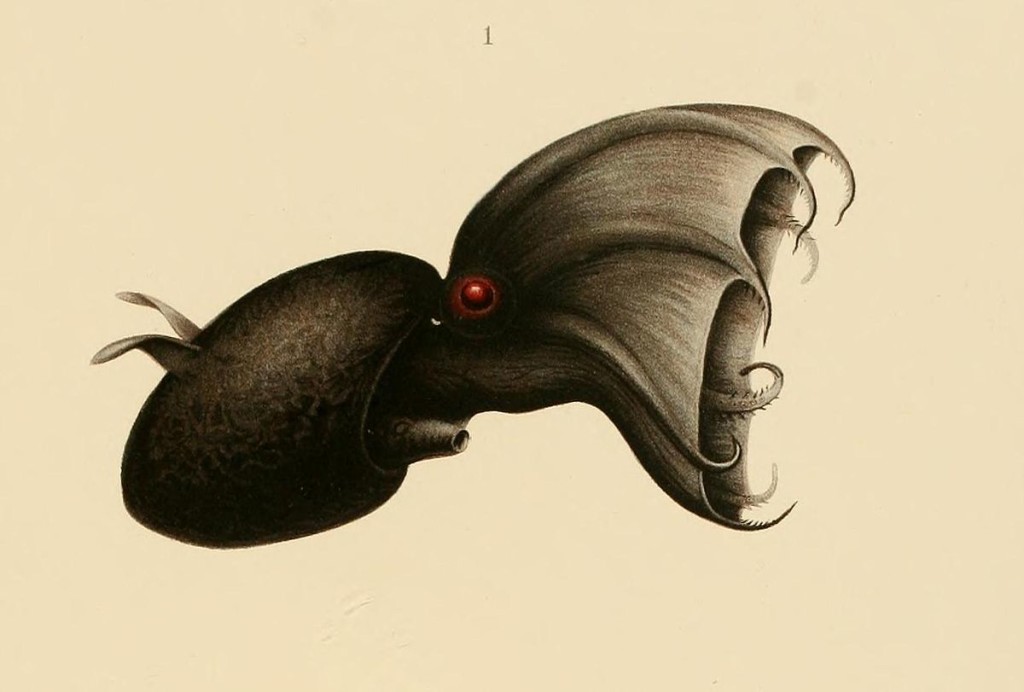
Chapter forthcoming in Caterina Nirta & Andrea Pavoni (Eds) (2021) Monstrous Ontologies: Politics Ethics Materiality. Wilmington, DE: Vernon Press.
+ info | https://vernonpress.com/book/953
Friday February 26, 2021, h.9-11
A seminar given in the series “Chronotopes of the Face”
Full Programme here: Cronotopi_del_volto_FACETS_UNiTO
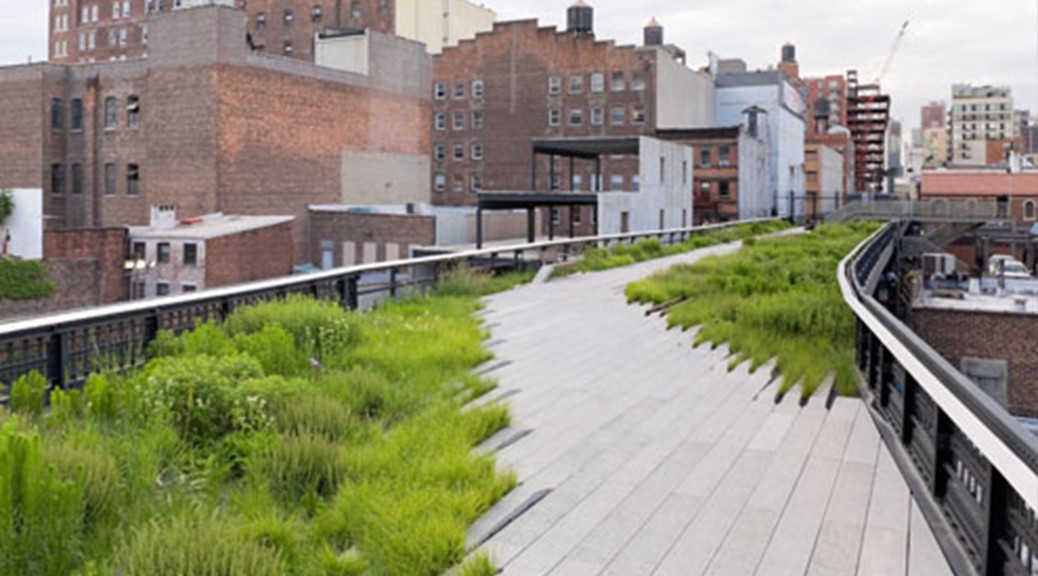
Now out in Territory, Politics, Governance
At https://www.tandfonline.com/doi/full/10.1080/21622671.2021.1872040
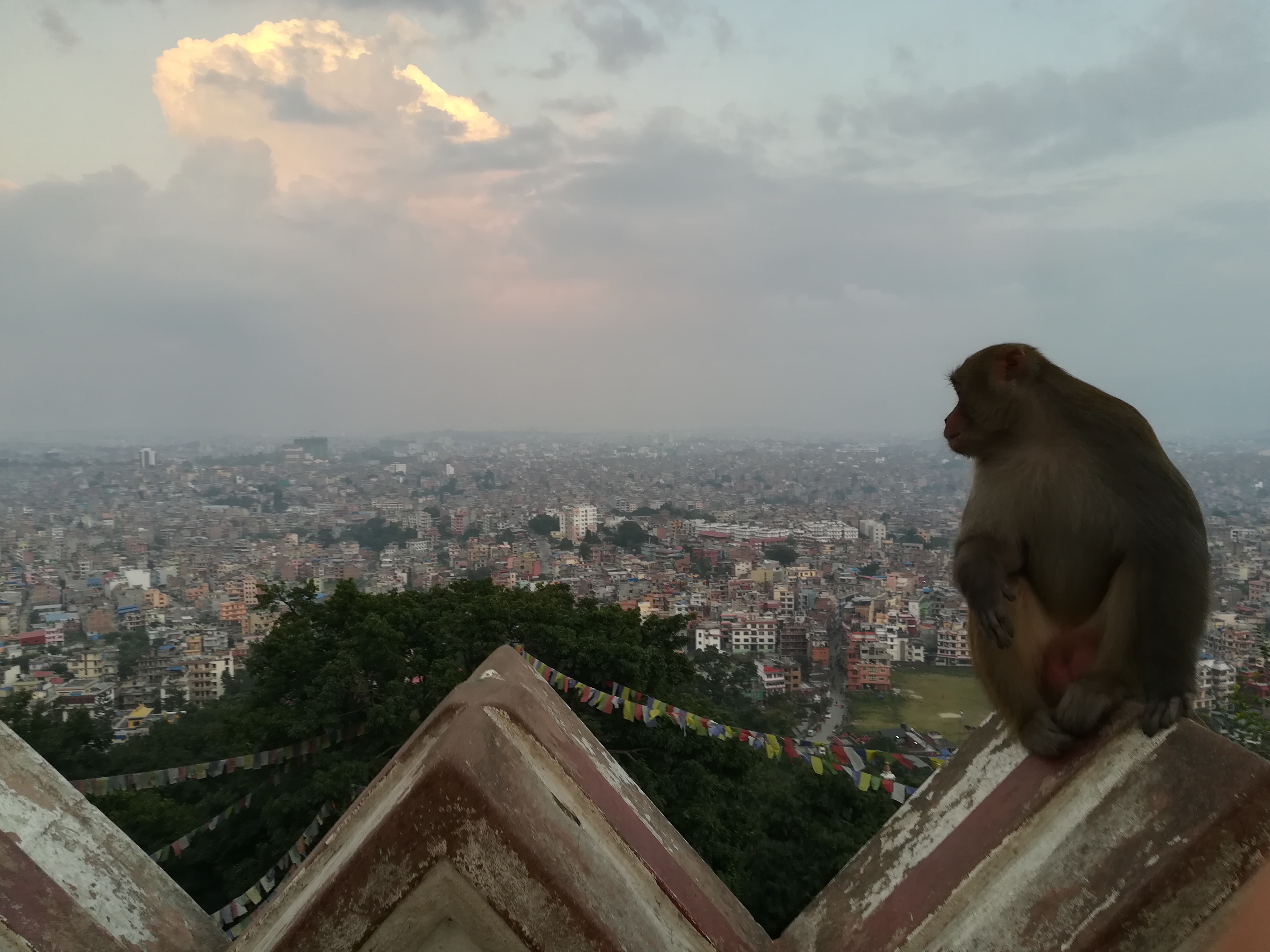
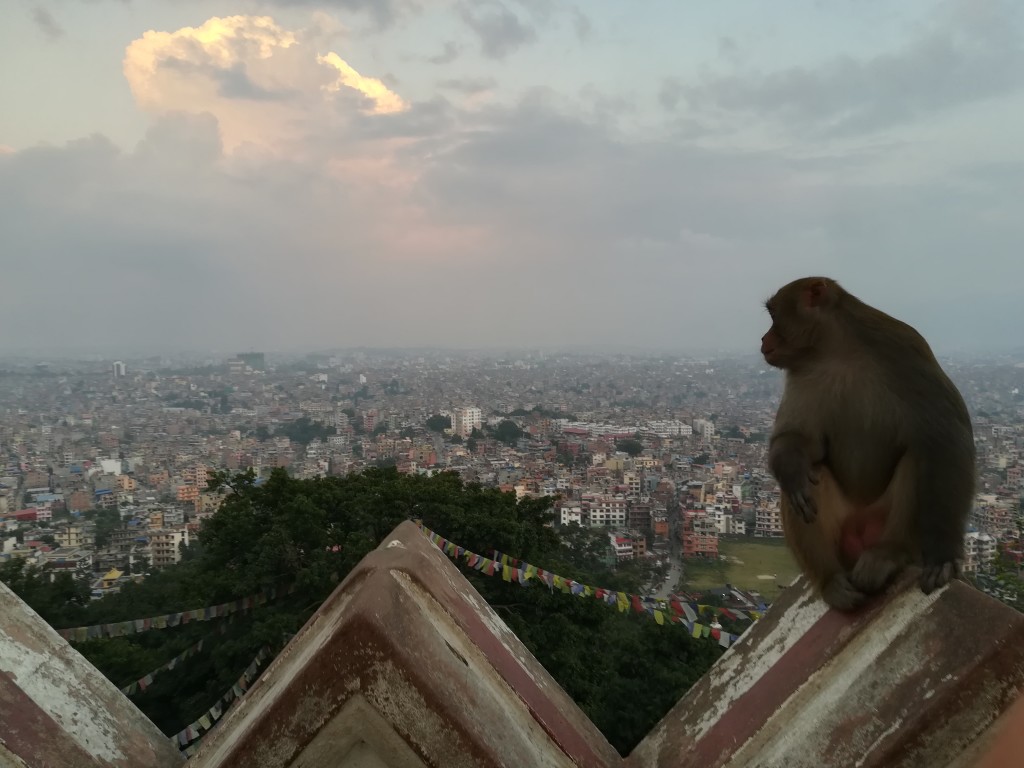
The whole S.I. is now out at : https://www.tandfonline.com/toc/rsoc21/16/1
Europe & Asia Market : Animated-Lands-Combined-Academics
US Market : Animated-Lands-UNP
Écrire, c’est d’abord vouloir détruire le temple, avant de l’édifier.
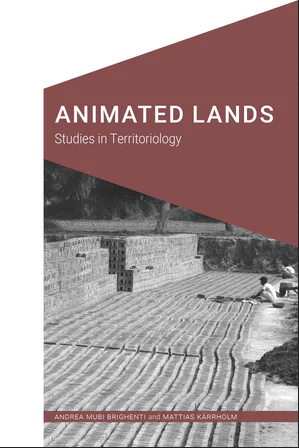
Animated Lands now out at University of Nebraska Press: https://www.nebraskapress.unl.edu/university-of-nebraska-press/9781496213396/
Purchase it here in Europe: https://www.combinedacademic.co.uk/9781496221773/animated-lands/
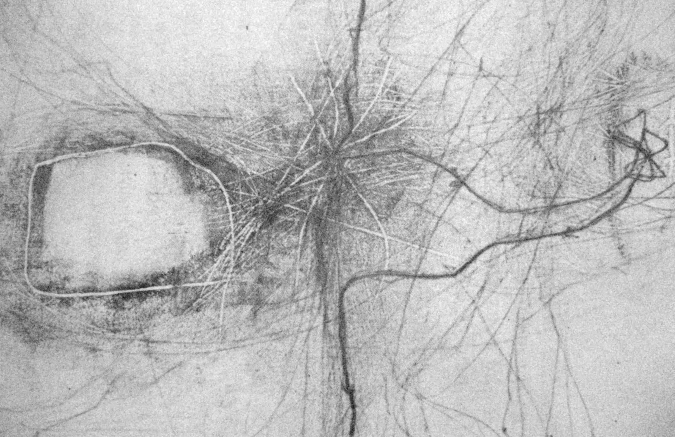
NOW OUT in Distinktion. Journal of Social Theory – Available at : https://www.tandfonline.com/doi/full/10.1080/1600910X.2020.1861044
Abstract
In this piece, we introduce the notion of ‘atmoculture’ as a conceptual tool to analyse the new forms of mobility supported and enacted by digital algorithms. In historical perspective, we analyse how modernity has created a movement-space where the problem of finding one’s way through an increasingly ‘displaced’ urban space first popped up, with noticeable psycho-social consequences. Reconstructing the new digital media as a continuation of this spatial imagination, we seek to zoom in onto the forms of mobility facilitated by digital algorithms. Urban digital navigation, we suggest, proceeds in parallel with a reorientation of the urban experience towards atmospheric considerations, maximising safety and pleasurableness in the user’s encounters with the environment. In this context, atmoculture appears a spatial-aesthetic, psycho-cultural, and bio-technological milieu that prepares space for convenient navigation. We discuss a number of consequences: first the disburdening effect, whereby subjects delegate to a number of perceptions and decisions to algorithms, expropriating the natural problem-solving aspect of subjectivity; second, the invisible transformations of urban space due to the biases and skews that are built in algorithms themselves; third, the tensional, even contradictory outcomes of atmocultural expectations, whereby the goal of a secure and pleasant environmental interaction is undone by the very quantity of information provided and the level of alertness required from the user.
Keywords
Spatial perception; Urban mobility; New media; Hodology; Urban Navigation; Urban atmospheres; Atmoculture